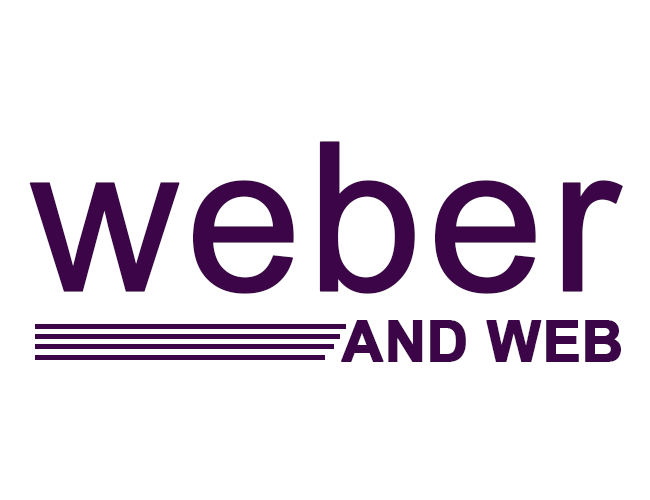Imagine you are watching an orchestra, but instead of music, each note represents cause and effect. Every instrument interacts—some leading, some following, yet all influencing one another. Understanding this interplay is akin to deciphering the melody of the universe itself. Judea Pearl’s Do-Calculus gives us that baton to conduct the orchestra of causation, transforming tangled dependencies into clear insights about “what causes what.”
For aspiring professionals in a Data Scientist course in Pune, learning Pearl’s framework feels like stepping into the shoes of a detective who can uncover hidden triggers behind every data pattern—not just correlation, but actual causation.
The Curtain Between Correlation and Causation
Data, by itself, often deceives. When we observe two events—such as ice cream sales and drowning incidents—rising together, we might suspect that one causes the other. But that’s mere correlation. The hidden conductor here is temperature: summer heat drives both.
Pearl’s insight was that to go beyond such illusions, we need not just data but structure—a causal graph that maps relationships between variables. These graphs allow us to ask the universe, “What happens if we intervene?” rather than merely, “What happens when we observe?” Students pursuing a Data Scientist course in Pune often find this shift from observation to intervention to be the philosophical leap that separates predictive models from causal reasoning.
The Birth of Do-Calculus
At the heart of Pearl’s theory lies the elegant operator do(X = x), symbolising intervention. Imagine pressing a button that forces a variable to take a specific value, cutting off all its usual influences. When we apply this operator, we’re no longer passive spectators but active experimenters within the causal graph.
However, real-world experiments aren’t always possible. We can’t force people to smoke to study lung cancer or trigger economic crises to research unemployment. Here enters Do-Calculus—a trio of inference rules that allow us to mathematically simulate these interventions, extracting causal effects purely from observational data. It’s like having the blueprint of a machine so detailed that you can predict its behaviour without ever turning it on.
The Three Rules: Translating Intervention into Inference
Pearl’s three rules of Do-Calculus act like traffic lights guiding causal reasoning through the maze of dependencies:
- The Substitution Rule: If certain variables shield others from outside influence, we can replace interventional probabilities with conditional ones. Think of this as finding a safe shortcut in a city map without breaking traffic laws.
- The Action/Observation Exchange Rule: When specific nodes are independent, we can swap “doing” for “seeing.” It’s as if we discover that merely observing an event provides as much insight as intervening—saving resources and effort.
- The Insertion/Deletion Rule: This rule allows us to add or remove interventions under specific independence conditions. It’s akin to simplifying a chessboard by removing redundant pieces while preserving the game’s outcome.
Together, these rules empower analysts to traverse causal networks with precision, turning abstract probability expressions into actionable knowledge about cause and effect.
Do-Calculus in Practice: From Theory to Impact
Let’s take an example from healthcare. Suppose a hospital wants to know whether a new drug genuinely improves recovery rates, independent of patient age and pre-existing conditions. Traditional statistics might say “yes,” but causality demands deeper proof.
Using a causal graph, we represent age and health as confounders—hidden variables influencing both drug prescription and recovery. Through Do-Calculus, we apply the rules to “cut” those confounding paths, isolating the drug’s actual effect. This approach transforms guesswork into confidence, providing researchers with a way to simulate interventions without the need for costly trials.
Causal inference frameworks built on Do-Calculus now power everything from recommendation algorithms to economic policy simulations. They are the compass by which modern AI systems navigate uncertainty, allowing them not just to predict the future but to understand why it unfolds that way.
Why Do-Calculus Matters in the Age of AI
In today’s AI landscape, models like large language systems or recommendation engines are often criticised for being “black boxes.” They predict outcomes brilliantly but can’t justify them. Do-Calculus, in contrast, opens the box. By connecting structural assumptions with probabilistic reasoning, it bridges human intuition and machine logic.
For learners and professionals engaging in advanced analytics, understanding this calculus is like upgrading from a camera that captures images to one that captures motion—revealing dynamics, not just snapshots. That’s why many advanced modules in a Data Scientist course in Pune now include causal inference, teaching students to move beyond surface patterns and uncover the stories data hides beneath.
The Philosophy Beneath the Mathematics
At its core, Pearl’s Do-Calculus isn’t just a computational tool; it’s a philosophy of reasoning. It invites us to think like scientists again—to question, intervene, and challenge assumptions. It transforms “What’s happening?” into “What if I change this?”—a mindset that fuels discovery.
This spirit of inquiry is what distinguishes the best data scientists. Numbers alone can’t explain the world; understanding how they dance together can. In this dance of variables, Do-Calculus is the choreography that keeps chaos in rhythm and insight in motion.
Conclusion
Pearl’s Do-Calculus reshaped how we understand cause and effect in complex systems. By giving structure to curiosity and rules to reasoning, it turned the art of causal discovery into a science. From healthcare to AI ethics, its influence continues to grow, reminding us that accurate intelligence lies not just in prediction but in understanding why.
For anyone eager to elevate their analytical journey, exploring this calculus is akin to learning to read the hidden grammar of reality—one where every cause has a consequence, and every decision writes a new chapter in the script of the world.




